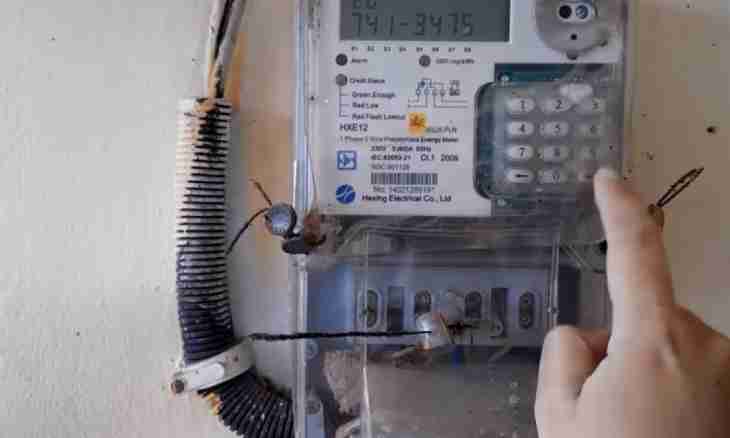In science and life such units of measure of physical quantities as kilowatts, kilowatt-hours and hours are often used. Each of these units corresponds to concrete physical parameter. In kilowatts the power, is measured in kilowatt-hours – energy (work), and in hours – time. In practice quite often it is necessary to transfer some sizes to others, for example, power in energy. At the same time, it is also necessary to transfer and the corresponding units of measure – kw to kWh. Such translation is quite possible if time is in advance known or it can be calculated.
It is required to you
- calculator or computer
Instruction
1. To transfer kilowatts to kilowatt-hours (kw in kWh), specify that it was measured in kilowatts. If meter readings were measured in "kilowatts", and during payment from you demand to specify kilowatt-hours, then just correct kw on kWh. The name "kilowatt" (kw) is often used in life for the reduced name of kilowatt-hour.
2. Sometimes the kw in kWh needs to be transferred to estimate how many the electric power "will reel up" on the electric meter the electric device in a definite time of work. To consider how many kilowatt-hours of energy will be spent by the device, increase its power (in kw) by operating time (in hours). If the power or time are set in other units of measure, then before calculations surely lead them to above-stated.
3. For example, if it is required to learn how many the electric power will be used by the 100 W electrobulb (watts) during a half of days, at first transfer watts to kilowatts (100 W = 0.1 kw), and day – in hours (0.5 days = 12 hours). Now multiply the received values of power and time. It turns out: 0.1 * 12 = 1.2 (kWh).
4. Using the method described above, it is possible to estimate energy consumption of all apartment within a month (for example, for planning of the family budget). Of course, it is possible just to put capacities of all electric devices and to increase this sum by a number of hours in a month (30 * 24 = 720). However, thus you receive strongly overestimated energy consumption assessment. For more exact calculations it is necessary to consider the actual average operating time of each electric device within a month, then to increase this time for the power of this device then to put indicators of energy consumption of all devices. So, for example, if one 60 W bulb hangs in the stairwell and works round the clock, and the second, 100 W lights a toilet and is involved about 1 hour a day, then in a month the counter "will wind": 0.06 * 24 * 30 + 0.1 * 1 * 30 = 43.2 + 3 = 46.2 (kWh).

